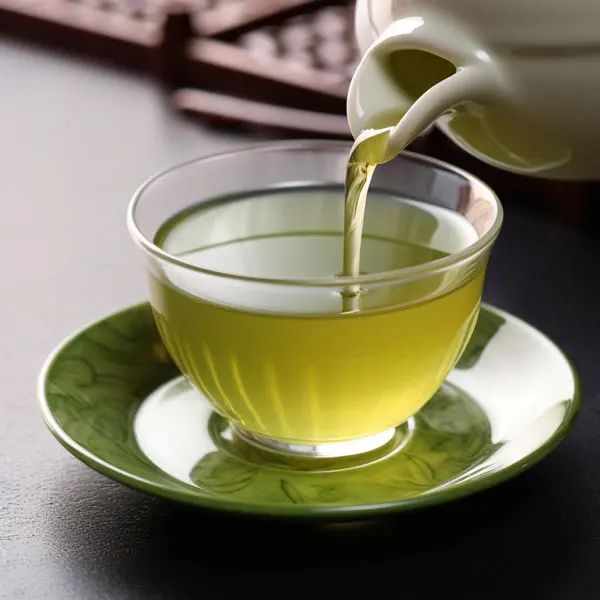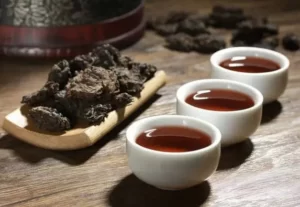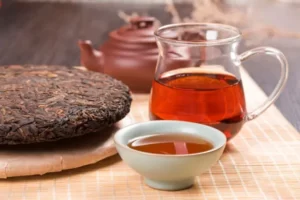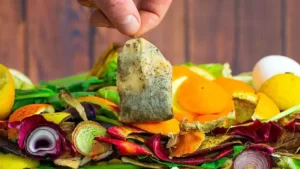Looking for the perfect way to enjoy green tea during the summer heat? Read on to discover the best brewing methods for a refreshing and flavorful experience.
When it comes to brewing green tea, our usual method is to use water temperature around 85°C, although some people directly brew it with boiling water at 100°C. Green tea is an unfermented tea and is relatively delicate. If a lot of green tea is brewed with boiling water, it tends to become old and stale, resulting in a dull taste and less freshness.
Therefore, it is generally recommended to brew most green teas with water temperature around 85°C.
However, with the arrival of hot summer, many people enjoy the refreshing taste of cold-brewed green tea. But how does it compare to hot brewing? Let’s explore the differences.
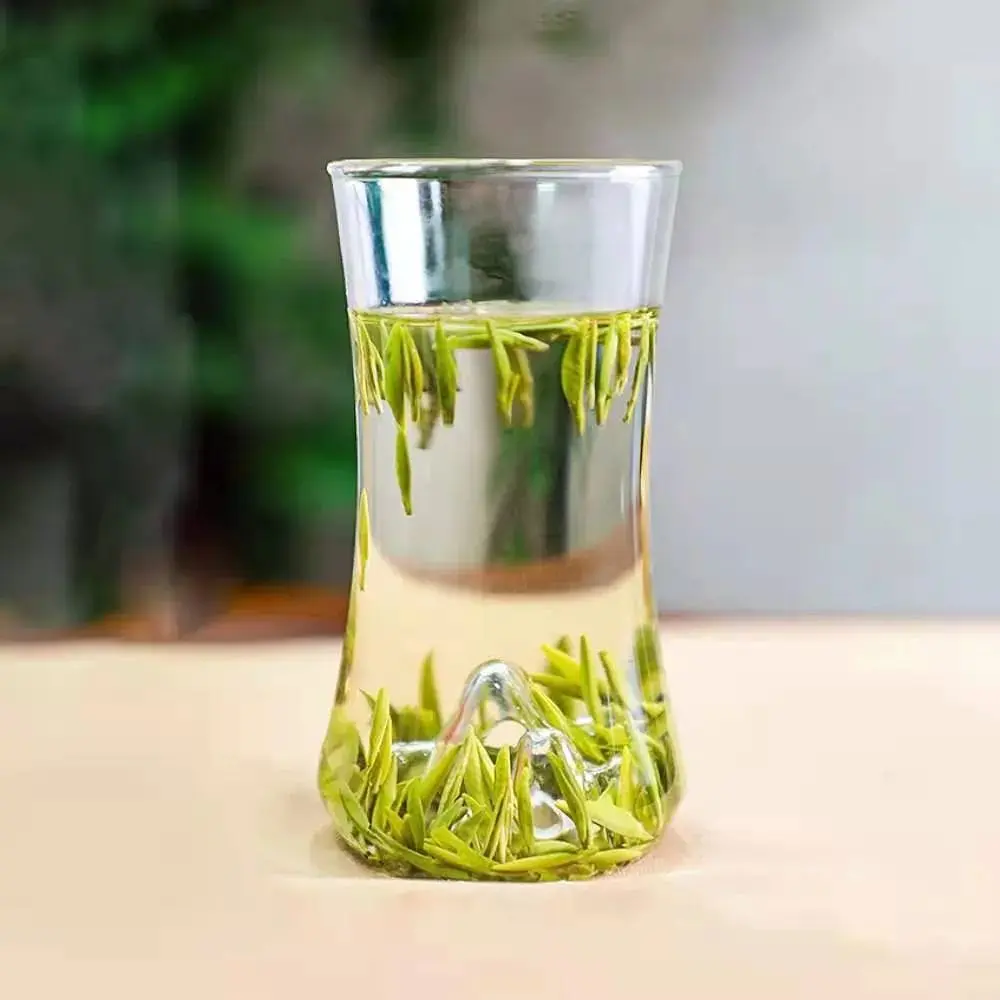
Test:Brewing Performance of Green Tea at Different Temperature
Many researchers have conducted regular tests on this. They brewed green tea using water at 100°C, 85°C, and room temperature, with a tea-to-water ratio of 1:50, and then conducted sensory evaluations and analyzed the content.
Sensory Evaluation
In terms of sensory evaluation, each temperature brewing method offers unique characteristics.
- Cold-brewed green tea with room temperature water exhibits a chestnut aroma throughout, gradually intensifying in taste as the brewing time lengthens.
- Green tea brewed at 80°C has an overall fragrant profile with a smooth and refreshing tast.
- Green tea brewed at 100°C carries a robust chestnut aroma with a hint of smokiness and a slightly stronger and more astringent taste.
Extraction Patterns
Extraction patterns reveal that higher brewing temperatures result in faster extraction of components due to increased molecular movement.
- Consequently, teas brewed at 100°C and 80°C rapidly extract catechins, amino acids, and caffeine, reaching a stable concentration.
- On the other hand, tea brewed with room temperature water steadily releases its components over a three-hour period, resulting in a different level of freshness.
Tea Flavor
Tea flavor is composed of six main tastes: astringent, bitter, fresh, sweet, sour, and salty. The astringent taste primarily comes from catechins, bitterness from caffeine, and freshness from amino acids. The freshness of the tea is closely related to the ratio of catechins to amino acids.
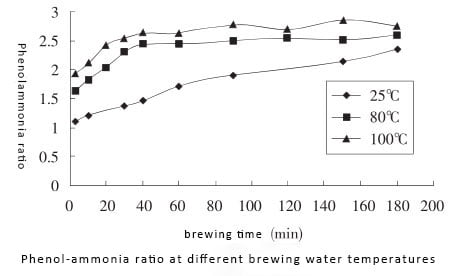
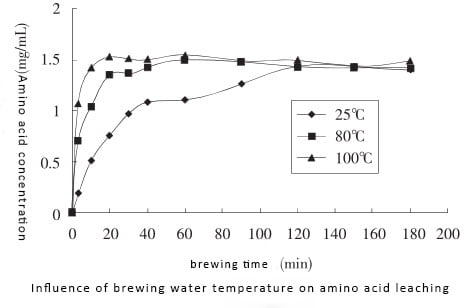
Based on the graph, it is evident that the catechin-to-amino-acid ratio is highest when brewing green tea at 100°C, followed by 80°C, and lowest when cold-brewing with room temperature water. This curve demonstrates that higher brewing temperatures yield a greater catechin-to-amino-acid ratio.
Consequently, when brewed for the same duration, tea brewed with room temperature water provides a fresher and more enjoyable taste.
Active Substances

In addition, they compared the concentrations of active substances extracted when brewing with water at 100°C for 2 minutes, 80°C for 3 minutes, and 25°C for 40 minutes.
The results showed that the concentration of amino acids was higher in the green tea brewed at room temperature for 40 minutes. The concentration of catechins was higher compared to brewing at 80°C for 3 minutes but lower than brewing at 100°C for 2 minutes. At the same time, the caffeine concentration was the lowest among the three methods.
Therefore, when cold-brewing green tea with room temperature water for 40 minutes, the taste is better. It not only ensures the dissolution of catechins and amino acids but also provides a fresher taste with less bitterness and astringency.
Conclusion
Of course, if you prefer a stronger cold-brewed green tea, you can extend the brewing time accordingly. Whether you prefer the invigorating freshness of cold-brewed green tea or the comforting warmth of hot brewing, these insights can guide you towards a delightful tea experience.
By the way, if you still prefer hot water brewing, remember to use a water temperature of around 80°C to 85°C. Researchers have found that compared to boiling water, green tea brewed at 80°C has a smoother and milder taste, retains its fragrance for a longer time, has a bright green color, and higher flavonoid content, which is beneficial for health.
